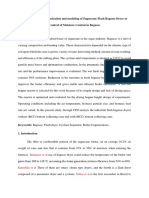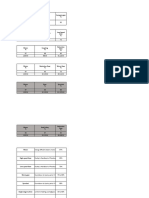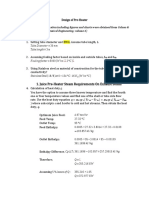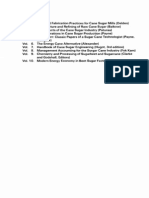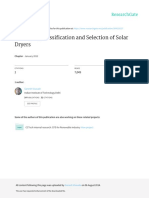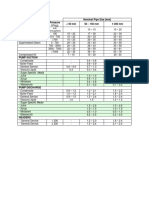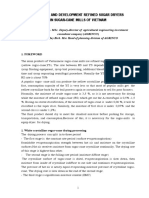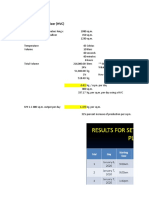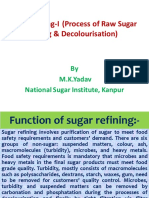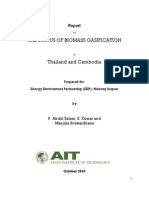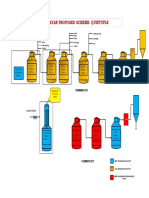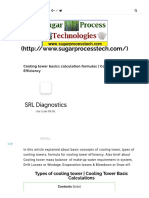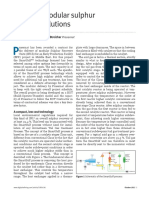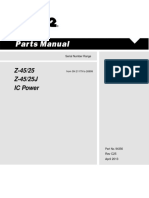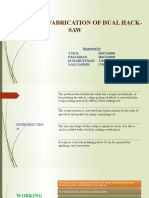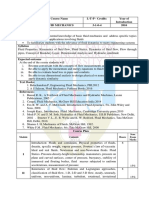0% found this document useful (0 votes)
51 views8 pagesCooling Tower Basics Calculation Formulas
This document provides an overview of cooling towers, including their types, design considerations, and efficiency calculations. It discusses mechanical and natural draft cooling towers, as well as the mass balance of water in the system, including losses from drift, evaporation, and blowdown. Key formulas for calculating cooling tower efficiency and water make-up requirements are also presented.
Uploaded by
inshalazan51Copyright
© © All Rights Reserved
We take content rights seriously. If you suspect this is your content, claim it here.
Available Formats
Download as DOCX, PDF, TXT or read online on Scribd
0% found this document useful (0 votes)
51 views8 pagesCooling Tower Basics Calculation Formulas
This document provides an overview of cooling towers, including their types, design considerations, and efficiency calculations. It discusses mechanical and natural draft cooling towers, as well as the mass balance of water in the system, including losses from drift, evaporation, and blowdown. Key formulas for calculating cooling tower efficiency and water make-up requirements are also presented.
Uploaded by
inshalazan51Copyright
© © All Rights Reserved
We take content rights seriously. If you suspect this is your content, claim it here.
Available Formats
Download as DOCX, PDF, TXT or read online on Scribd
/ 8







